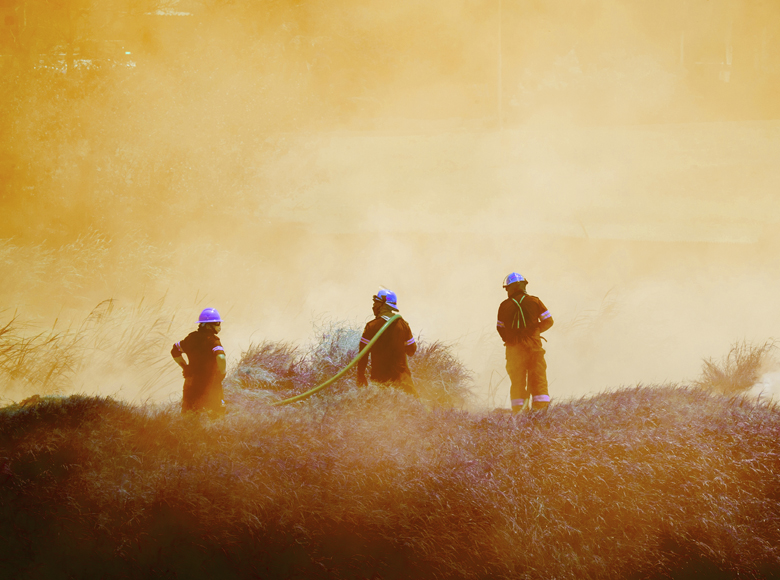sigma 2/2020: Natural catastrophes in times of economic accumulation and climate change

Every year, we devote an issue of our renowned sigma series to analysing the previous year’s natural catastrophes and sharing insights we have recently gained through our research. Issue 2/2020 focused on the impact that population growth, urbanisation and economic development on the one side and climate change on the other have on expected natural catastrophe losses.
While such losses had been relatively benign in 2019, our sigma issue underlined that the combination of socio-economic factors and climate change will lead to increased losses from weather events in the future, causing a major threat to global resilience.
It notes that the ways in which increasing temperatures change natural catastrophe risks are not fully understood due to the short observational history of records. In fact, it could take decades to collect the necessary proof points for an exact quantification of these effects. However, failure to take immediate action could lead to climate systems reaching irreversible tipping points and possibly jeopardise insurability, especially in areas with high asset concentrations.
Nevertheless, Swiss Re Institute believes that weather risks remain insurable if adequate adaptation action is taken. Importantly, re/insurers need to constantly adapt their modelling to this dynamic risk landscape by incorporating socio-economic developments, the latest scientific research on climate change and the status of local mitigation measures. In other words, models must be adapted before events, not afterwards.
Jointly with the publication of this sigma issue we organised a media roundtable to discuss our research on natural catastrophes and Swiss Re’s climate strategy.